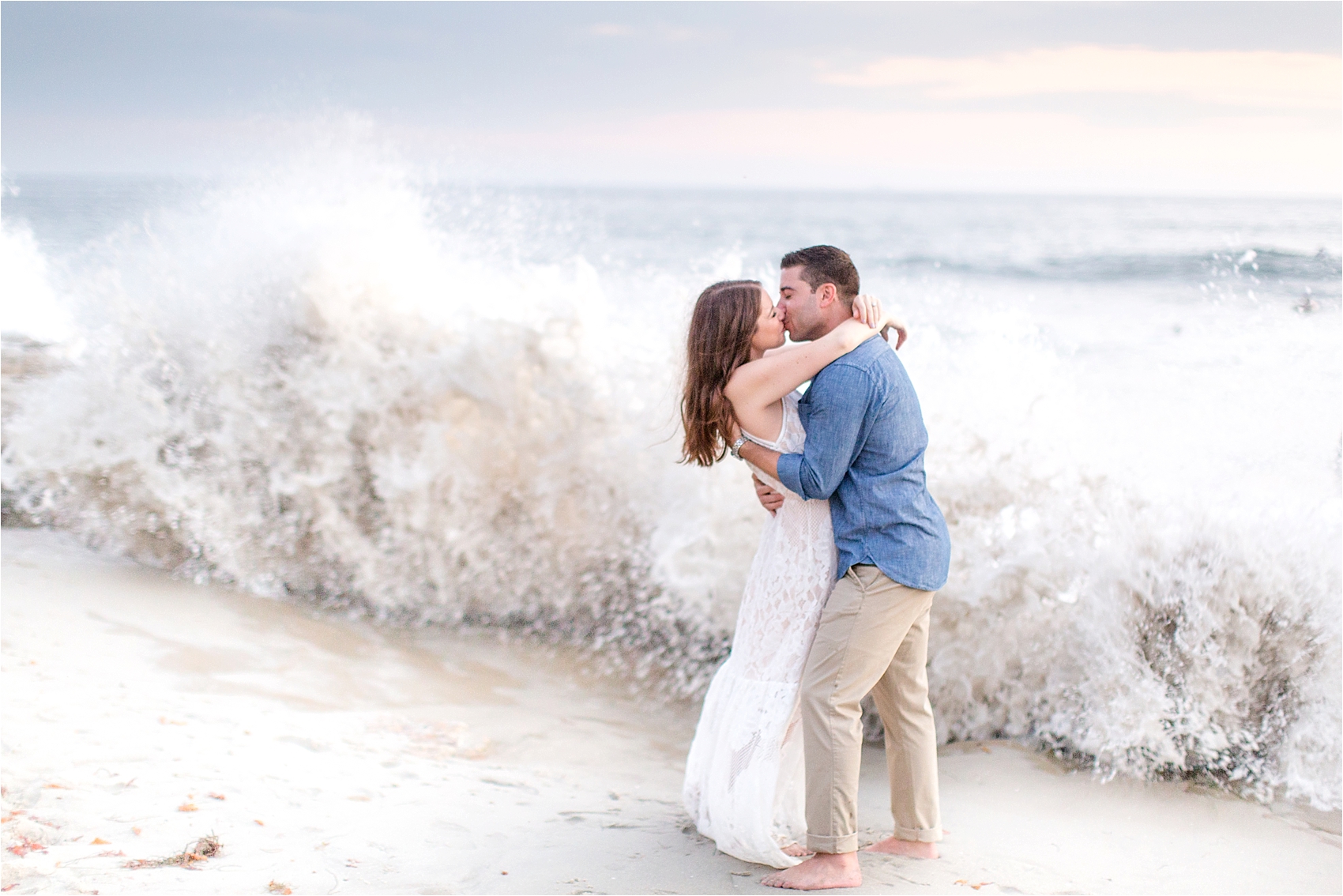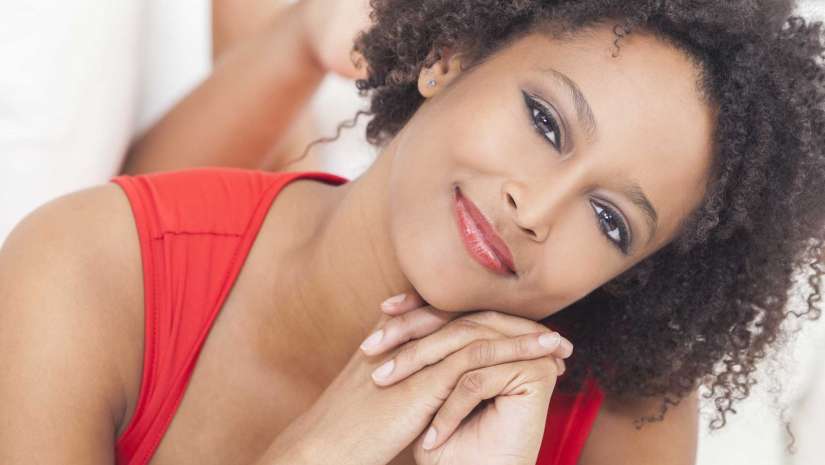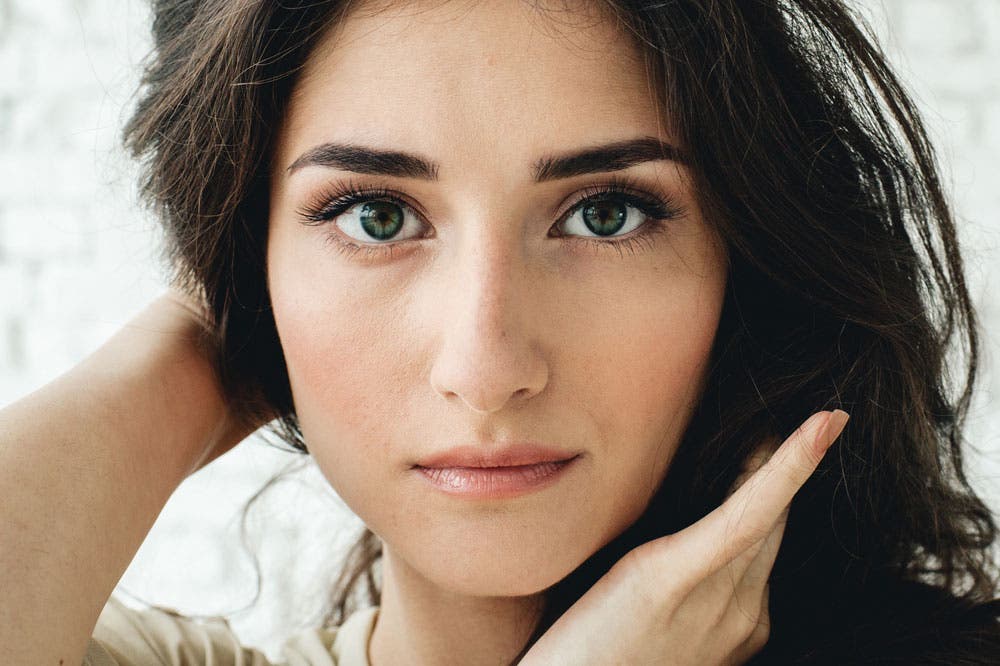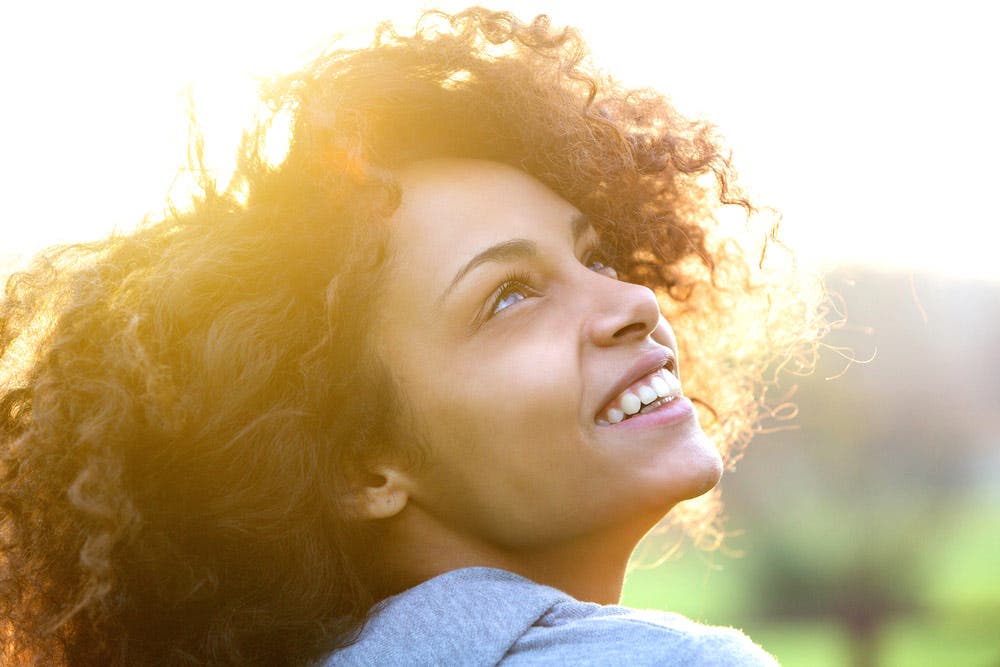Photog Shocked After His $1.88 Stock Photo Shows Up On Walmart Goods
Heads up: if you sell your photos as microstock, companies can use your work in big ways for a very, very small payment. A photographer just found that out the hard way after he found one of his photos featured on a number of products in Walmart.
Globalnews.ca reports that Fredericton, New Brunswick-based photographer Michael Stemm was made aware of his photos in Walmart after his friends stumbled across the products.
Upon visiting a local Walmart himself, Stemm found his photo on greeting cards, calendars, and even large throw blankets.

The photographer never read Shutterstock’s terms and agreement and never checked his account again after uploading the photo, according to Globalnews.ca.
Stemm says he was then shocked to find his photo being “exploited by big companies.”
It turns out a Newfoundland-based company called Islandwide Distributors (IWD) had licensed Stemm’s photo royalty-free from Shutterstock for just $1.88.

So while Stemm’s experience may seem unfair, it was likely entirely lawful and within Islandwide’s rights.
Stemm posted a video to his Facebook page to tell his story and warn others about it:
The video has since been viewed over 60,000 times, and it attracted the attention of Walmart Canada, which apologized in the comments and reached out.
Unfortunately for Stemm, he isn’t even able to withdraw the $1.88 he earned, as his account needs to reach a balance of $50 before he can see the funds.
“I just don’t think it’s fair that they bought the picture on Shutterstock for $1.88 and they’re able to exploit it that much and get that much profit,” Stemm says. “The lesson that’ll be learned here is: don’t use Shutterstock if this is actually how it’s going to be. I didn’t expect it to get exploited this way.”
Lesson learned indeed.
Courtesy Of: Pita Pixel



